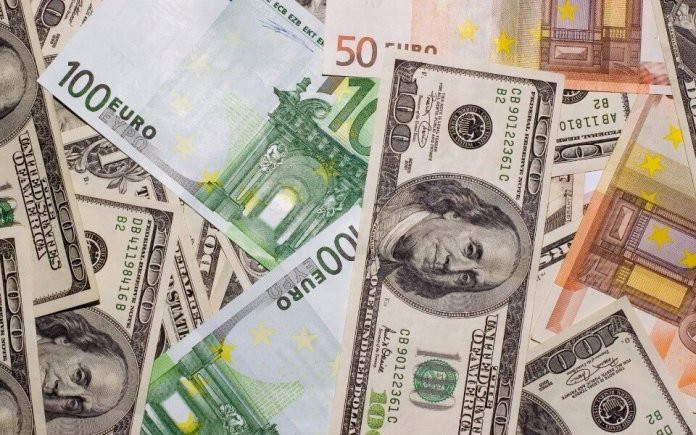
The global economy has been hit by the coronavirus pandemic. Many currencies are depreciating. The crisis reigns throughout the planet.
By the way, today, the International Institute of Finance lowered the value of the Turkish currency to 7.50 per one US dollar. This is historically the lowest point against the US dollar. This situation may lead to the financial crisis in Turkey like in 2018. It endangers the entire banking system of Europe as European credit institutions have large investments in Turkey. The Turkish currency is under pressure from the unprecedented lending incentives and border closures for tourists.
The British pound is also under pressure. The UK still has not reached a trade agreement after leaving the European Union. Moreover, there is an increase in the country's inflation. The pound sterling is trading at $1.3212 compared with $1.3237 in the previous trading session.
The euro is trading at $1.1937 versus $1.1931 at the close of the previous session.
Despite the fact that the US dollar index, which measures the value of the US dollar against the six major world currencies, rose by 0.06%, it is still near its lowest level since May 2018.
However, some currencies are showing quite a quick rise. This is not the euro or the dollar, surprisingly.
The leaders of this list are three European currencies of countries outside the EU. The first place is occupied by the Swedish krone, which has advanced by 8.3% against the US dollar since the beginning of the year. The Swiss franc added 7.1%, the Danish krone jumped by 6.8%. And only then is the euro, which has added 6.4% against the dollar since the beginning of the year.
Thanks to the interest of investors in other European currencies, these three currencies are growing. Investors are worried about the US dollar devaluation caused by the ultra-soft monetary and fiscal policy in the United States.
These countries did not have strict quarantines, which helped save the economy from dire consequences. Now, the economies are showing a more confident recovery. In addition, these countries, especially Switzerland, are historically considered economically and politically stable.
Despite the fact that the euro and other European currencies are "overheated" due to strong gains in recent months, they may maintain a relatively strong dynamic in the short term.
If the economic crisis worsens, investors will run to safe-haven currencies, including the Swiss franc. Therefore, it has the best prospects in the longer term, having shown a kind of versatility in the last six months.
The Swiss franc performed well during the acute phase of the crisis being one of the defensive currencies. It also maintained its outstripping dynamic in the subsequent period of growth in the global markets, when the demand for protective instruments fell, and for risky assets increased.
Most likely, this trend will continue as there are a lot of factors in the US that prevent the dollar from showing its confidence.





















